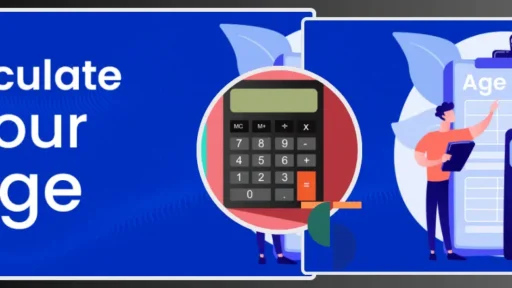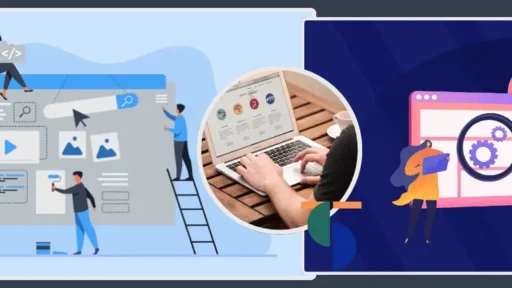What are Digital Ordering Systems?
Digital ordering systems are platforms that allow customers to place orders electronically, often through a website, mobile app, or kiosk. These systems can be integrated with a restaurant’s point-of-sale (POS) system, kitchen display systems (KDS), and customer relationship management (CRM) tools to create a seamless experience for both customers and staff.Qikserve integrates seamlessly with existing POS systems and offers robust data analytics to help restaurateurs make informed decisions.
Benefits of Digital Ordering Systems
- Increased Efficiency and Accuracy
- Digital ordering systems reduce the likelihood of human error by eliminating the need for staff to manually take orders. This ensures that orders are accurate and helps prevent misunderstandings and mistakes.
- Enhanced Customer Experience
- Customers appreciate the convenience of placing orders at their own pace, whether at a table, through a mobile app, or online. Digital menus can be easily updated to reflect current offerings, specials, and promotions.
- Higher Average Order Value
- Digital ordering systems often encourage upselling and cross-selling through suggestive selling features. For instance, customers might be prompted to add a dessert or upgrade to a larger drink, increasing the average order value.
- Improved Operational Efficiency
- Integrating digital ordering systems with kitchen display systems streamlines the communication between front-of-house and back-of-house operations. This leads to faster order processing and reduced wait times.
- Data Collection and Insights
- Digital ordering systems provide valuable data on customer preferences, order frequency, and peak times. Restaurateurs can leverage this information to optimize menus, tailor marketing efforts, and improve overall operations.
Types of Digital Ordering Systems
- Online Ordering Platforms
- These systems enable customers to place orders through a restaurant’s website or third-party platforms. They are ideal for takeout and delivery services.
- Mobile Ordering Apps
- Custom-branded apps offer a convenient way for customers to order directly from their smartphones. They can also include features like loyalty programs, push notifications, and mobile payments.
- Self-Service Kiosks
- Kiosks placed within the restaurant allow customers to browse the menu, place orders, and make payments without waiting for a server. This can be particularly useful in fast-casual and quick-service restaurants.
- Pay-at-Table Solutions
- These systems enable customers to settle their bills at the table using a mobile device or dedicated payment terminal, enhancing the dining experience and turnover rates.
- Future Trends
- AI and Personalization
- Artificial intelligence can analyze customer data to offer personalized recommendations and promotions, further enhancing the dining experience.
- Voice Ordering
- With the rise of smart speakers and voice assistants, voice-activated ordering systems are becoming more prevalent, offering an additional layer of convenience for customers.
- Contactless Payments
- The demand for contactless payment options continues to grow, driven by health and safety concerns. Ensuring your digital ordering system supports various payment methods is essential.
Conclusion
Digital ordering systems are no longer a luxury but a necessity for modern restaurants. By implementing a robust digital ordering solution, such as Qikserve, restaurateurs can streamline operations, enhance customer satisfaction, and ultimately drive sales growth. Staying informed about the latest trends and best practices in digital ordering will help you make the most of this powerful technology.






